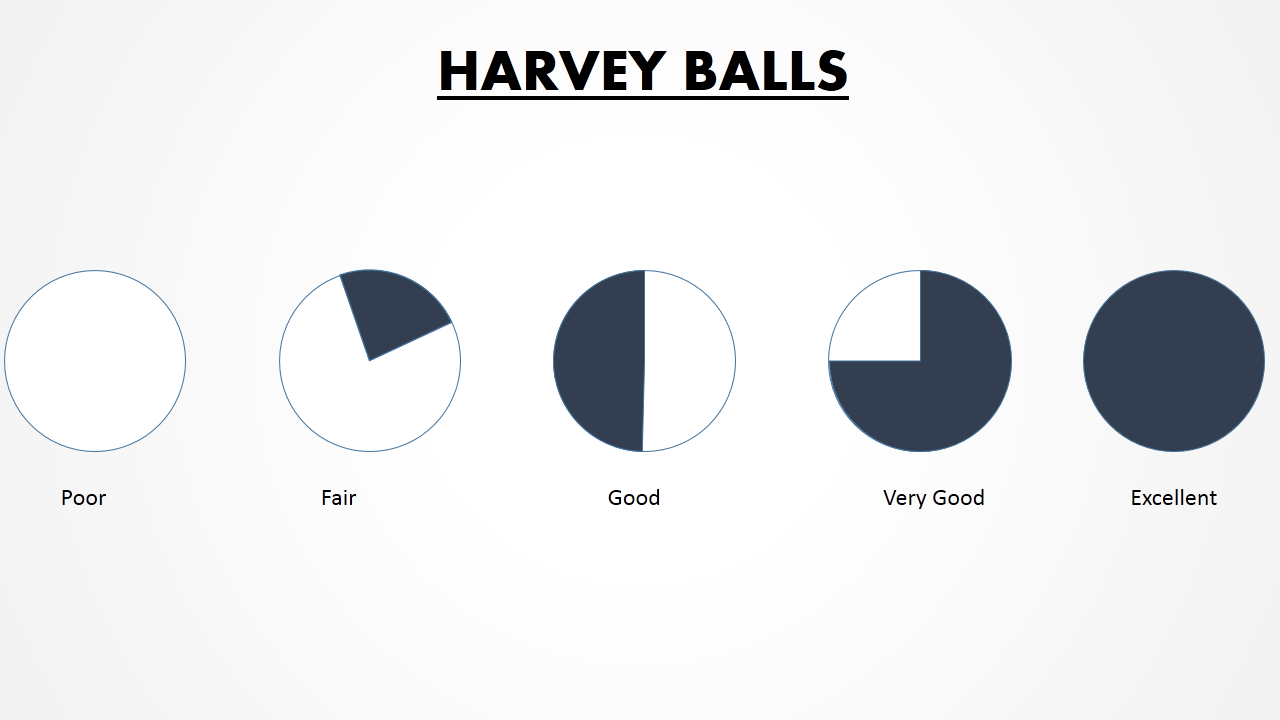In the movie "The Social Network," based on the founding of Facebook, Mark Zuckerberg, portrayed by Jesse Eisenberg, continually urges his team to evolve and refine the platform in response to user feedback and data analysis. This highlights the necessity of continuous learning and adaptation for progress.
This emphasis on continuous learning and adaptation drives Facebook's evolution and sets a powerful example of the importance of embracing change in any organization. By prioritizing user feedback and data analysis, Zuckerberg's approach underscores the need for organizations to remain responsive to the ever-evolving needs of their audience.
In the office environment, this focus on continuous progress fosters a culture of innovation and experimentation. Team members are encouraged to seek feedback, test new ideas, and iterate on their work, creating a dynamic, forward-thinking atmosphere where creativity flourishes. Furthermore, by valuing continuous feedback and adaptation, employees feel empowered to take ownership of their projects and contribute to the organization's success. This sense of ownership and accountability leads to higher engagement, productivity, and overall job satisfaction.
Thoughtful and constructive feedback can reshape the workplace landscape, turning challenges into opportunities for growth and advancement. Check out our Top 10 Feedback Templates and transform it from a one-sided conversation into a two-way interaction
Continuous Feedback, Continuous Improvement
There are a few common challenges organizations face when implementing continuous feedback initiatives. These include:
- Resistance to Feedback: Employees may hesitate to give or receive feedback due to fear of conflict, criticism, or perceived negative consequences.
- Lack of Skills and Training: Managers and employees may lack the skills and training to deliver and receive feedback, leading to ineffective communication and misunderstandings.
- Cultural Barriers: Organizational cultures that do not value open communication or transparency may hinder the adoption of continuous feedback practices.
- Time Constraints: Busy schedules and competing priorities may make it difficult for employees to prioritize feedback discussions or allocate sufficient time for meaningful conversations.
- Inconsistent Implementation: Inconsistencies in how feedback is given, received, and acted upon across different teams or departments can lead to confusion and inconsistency in performance management processes.
- Overcoming Biases: Overcoming biases, such as favoritism or stereotyping, in feedback processes can be challenging and require conscious effort and awareness.
- Technology Limitations: Inadequate technology infrastructure or tools may hinder the implementation of continuous feedback initiatives, making it difficult to collect, track, and analyze feedback.
Addressing these challenges requires ongoing effort to foster sincere communication, provide training and support for employees and managers, and leverage technology to streamline feedback processes. SlideTeam's PowerPoint templates on continuous feedback further optimize this process, offering an engaging and structured framework to encourage feedback discussions, ensuring clarity, consistency, and effectiveness in communication across teams and departments. These PPT Slides are content-ready, completely customizable, and editable, allowing maximum versatility.
Let’s explore!
Template 1: Continuous Feedback Performance Evaluation Management Framework
Continuous feedback is the ongoing process of providing constructive input and evaluations to individuals or teams, fostering continuous improvement and growth. This PowerPoint template includes 12 slides showcasing tables, graphs, and charts to track feedback and evaluate performance. There are slides on points for establishing a continuous feedback culture, essential elements for performance evaluation, a feedback model for enhancing employee performance, a framework for improving the application deployment process, and more. Download this slide now to measure the outcomes of implementing a continuous feedback system.
Template 2: Working Process of Continuous Feedback Approach Implementing DevOps Lifecycle Stages for Higher Development
Implementing a continuous feedback approach within the DevOps lifecycle fosters iterative improvement and collaboration, enhancing development efficiency. This PowerPoint slide showcases the working of continuous feedback approaches that help collect and analyze valuable intelligence for any flaw or fault. It includes steps such as establishing feedback loops, gathering data, etc. Organizations achieve higher levels of development agility and product quality by integrating feedback loops throughout each stage.
Template 3: Continuous Feedback Cycle with Employee Engagement
Embracing a continuous feedback cycle cultivates a culture of open communication and growth within organizations. This forms a healthy work environment for the employees and the management. This PowerPoint slide showcases the feedback cycle in five steps. The first step of feedback is followed by employee engagement, manager-employee collaboration, outcomes, and employee motivation that circles back to feedback.
Template 4: DevOps Planning Lifecycle Key Best Practices with Continuous Feedback
DevOps Planning Lifecycle emphasizes essential best practices intertwined with continuous feedback loops. It fosters agility and efficiency in software development. The following slide includes a diagram showcasing a continuous cycle between development, operations, quality assurance, and continuous feedback. By integrating iterative planning and responsive feedback mechanisms, teams cultivate a culture of collaboration and continuous improvement, driving success in the DevOps journey.
Template 5: Continuous Feedback Loop for Application Complaints Management
Implementing a continuous feedback loop for application complaints management ensures timely resolution and fosters satisfaction by enabling iterative improvements based on real-time user input. This continuous loop starts with a code repertory, building and launching, performing load testing followed by distribution, preparing crash reports, and finally taking feedback. Download this informative PowerPoint template today!
Feedback Fuels Growth!
Continuous feedback drives organizational growth and success by encouraging open communication, accountability, and improvement. It serves as a tool for real-time development and refinement of skills and performance. Despite facing common challenges, organizations can overcome these hurdles through efforts to promote open dialogue, provide adequate training and support, and streamline feedback processes.
By embracing continuous feedback as a fundamental component of their operations, organizations can empower employees to reach their full potential, enhance collaboration and innovation, and ultimately achieve their strategic objectives. Incorporating our pre-designed PowerPoint templates into continuous feedback streamlines the feedback process and enhances clarity and consistency in communication, fostering a culture of accountability and improvement within the organization.





 Customer Reviews
Customer Reviews












